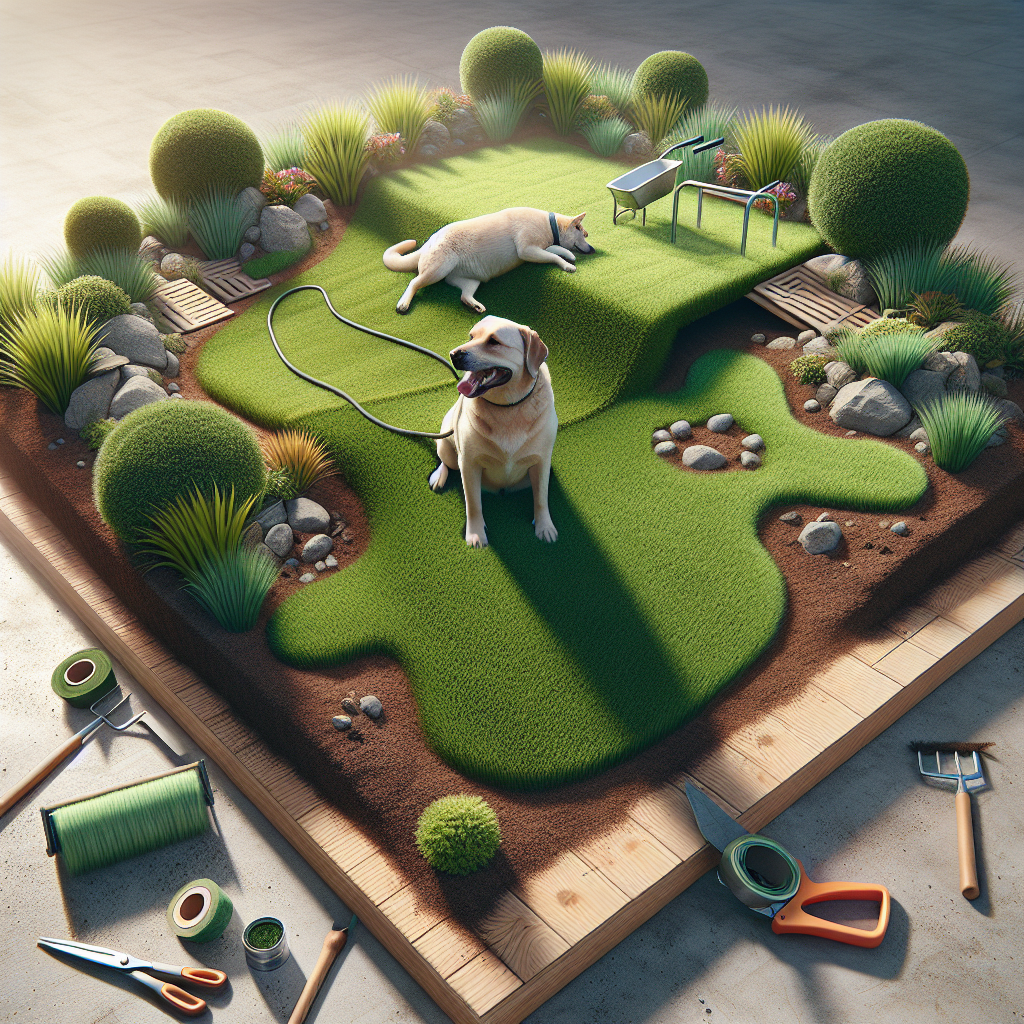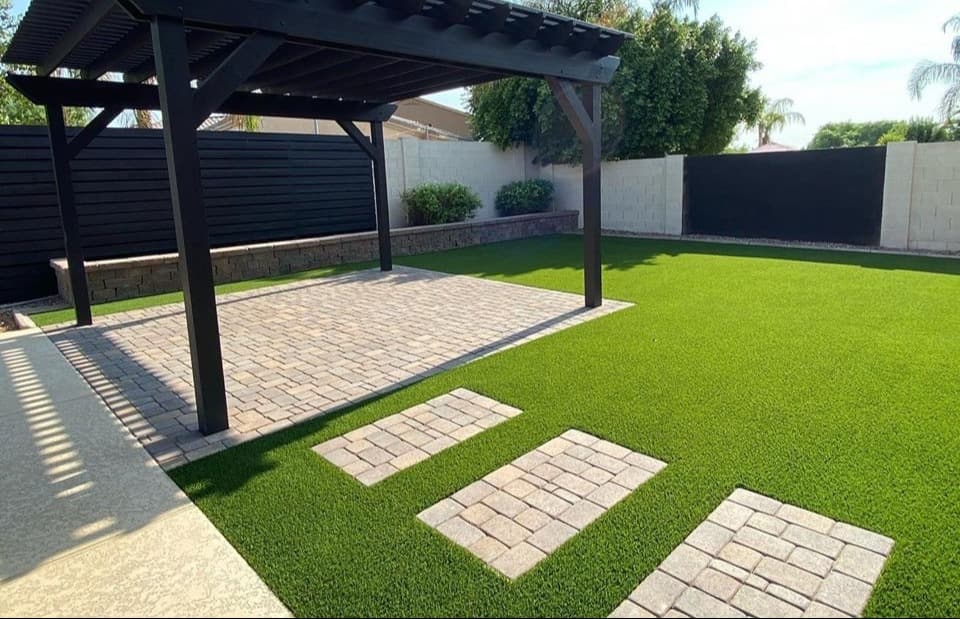
Imagine your backyard as a blank canvas, waiting to be transformed into a lush, green oasis. But what if you lack the rich topsoil that’s often deemed essential for this transformation? Can you still achieve that picturesque lawn? Let’s dive into the possibilities and unearth the secrets of laying turf without topsoil.
Topsoil acts like the foundation of a house, providing the necessary nutrients and structure for plants to thrive. It’s rich in organic matter and microorganisms that support plant growth. However, not every garden comes with an abundant layer of topsoil.
In urban areas or newly constructed homes, topsoil may be scarce or non-existent. This doesn’t mean your dream of a verdant lawn is unattainable. Just like an artist who improvises with limited resources, you can create a beautiful lawn without the ideal foundation.
If topsoil is missing, think of soil amendments as the paintbrushes that help you bring color to your canvas. Using compost, peat moss, or well-rotted manure can significantly improve soil quality. These amendments enhance soil structure, moisture retention, and nutrient content.
Hydroseeding is akin to spreading a magic carpet over your barren ground. This method involves spraying a slurry of seed, mulch, and fertilizer onto the soil. The mulch retains moisture, protecting the seeds as they germinate and grow into a healthy lawn.
For those seeking instant gratification, synthetic turf might be the answer. It provides a low-maintenance, evergreen alternative to natural grass. While it doesn’t offer the same environmental benefits, it can create an aesthetically pleasing landscape.
Using fertilizers can enhance growth by providing additional nutrients. Consider organic options for a more eco-friendly approach.
Turf generally takes about 2-3 weeks to establish roots. Proper watering and care during this period are crucial for successful rooting.
Regular mowing, fertilizing, and watering are essential for maintaining a healthy lawn. Aerating the soil periodically can also improve root growth and soil quality.
Embarking on the journey to lay turf without topsoil might seem daunting, but with careful planning and the right techniques, it’s entirely possible. Picture your lawn as a masterpiece in progress, where each step brings you closer to creating an inviting green haven.
For further guidance on gardening tips and best practices, consult reliable resources like EPA’s Lawn and Garden Tips or explore expert advice from Penn State Extension’s Lawn Maintenance Guide. With determination and resourcefulness, your dream lawn is within reach!


